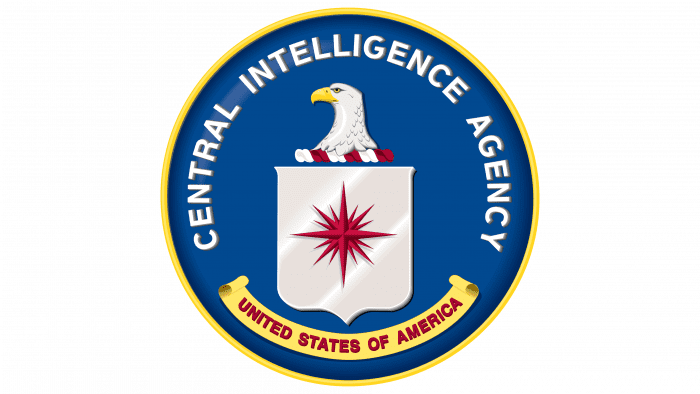ACM: Brand overview
In 1947, the Association for Computing Machinery (ACM) was founded in New York City at the initiative of a few early computer enthusiasts, including Nathaniel Rochester and Howard Aiken. Computers were still a novelty in that era, with few people seeing or using them.
The founders of ACM saw it as more than just an organization. They envisioned a place that would foster the growth, understanding, and adoption of information technology. They sought to create an open platform where knowledge about the emerging field of computing could flow seamlessly.
The following year, ACM organized its first conference, beginning a rich tapestry of journals and proceedings disseminating important information about computers. Two publications that largely shaped early discussions were the Journal of the ACM and Communications of the ACM.
In the 1950s and 1960s, the ACM positioned itself at the forefront of the technological revolution by promoting the standardization of nascent programming languages, with FORTRAN and COBOL leading the way. In the 1970s, ACM added to its catalog of publications and started Special Interest Groups (SIGs), specialized communities focused on niche areas of computing. One of the pioneering SIGs explored the field of computer graphics.
Over the next decade, ACM’s influence spread worldwide, and its membership exceeded 80,000, representing more than 100 countries. Numerous conferences were organized during this period, and a professional code of ethics was developed for computing professionals.
As the world became increasingly immersed in the digital age, the growth of the ACM reflected the trajectory of the computing industry. A number of prestigious awards emerged, most notably the Turing Award, often referred to as the computing world’s equivalent of the Nobel Prize.
Today, ACM is a colossus of the computer industry, with a membership of over 100,000 worldwide. Offering a wide range of resources, from publications and conferences to advocacy and professional development tools, ACM has steadfastly championed the interests of computing, solidifying its position as a key pillar in the field.
Meaning and History
1947 – today
The Association for Computing Machinery (ACM) logo beautifully captures the spirit of computing and its community. This logo’s heart is the acronym “ACM,” designed carefully. The letters are lowercase, smooth, and clean, featuring a nice blend of straight lines and soft curves. This careful design makes sure the logo is easy to read, even though the letters are close to each other. This shows how important it is for ACM to communicate clearly and effectively.
Around the letters is a white circle, a design choice focusing on the acronym and emphasizing ACM’s central role in computing. The emblem’s background is a blue diamond, not only for its looks but also for its meaning. The blue is deep and signifies wisdom, trust, and intelligence, which are key to ACM’s goal of promoting computing as both a science and a profession.
The diamond’s subtle gradient adds depth and makes the logo pop, illustrating the dynamic nature of computing technology. This gradient represents the deep knowledge within ACM and the innovative ideas that light up their community.
In short, the ACM logo is much more than just a design. It represents the organization’s dedication to advancing computing. Its thoughtful design reflects ACM’s values, combining beauty with purpose to make an emblem that stands out to computing professionals and fans worldwide.





